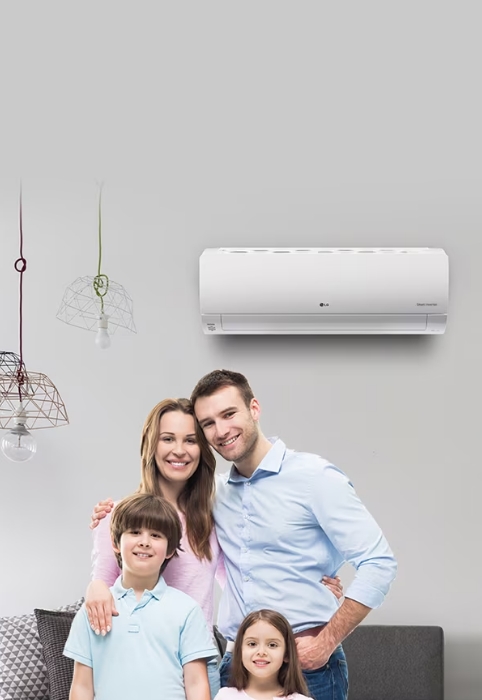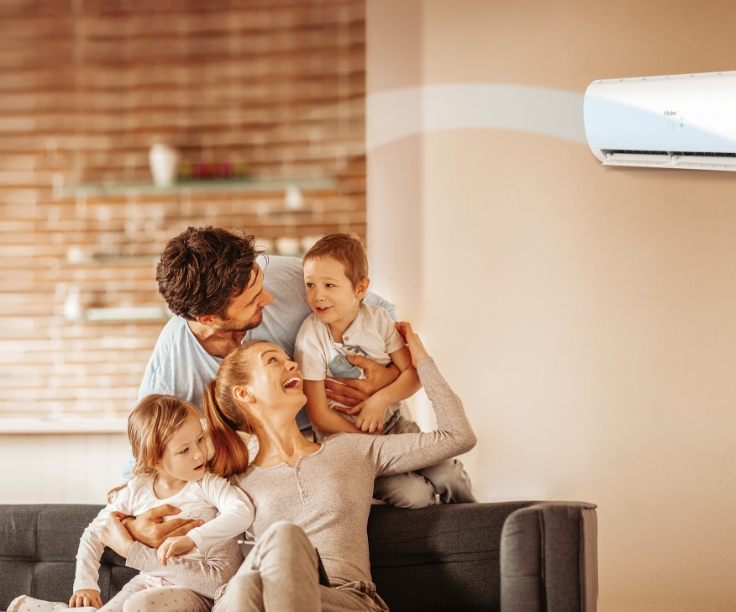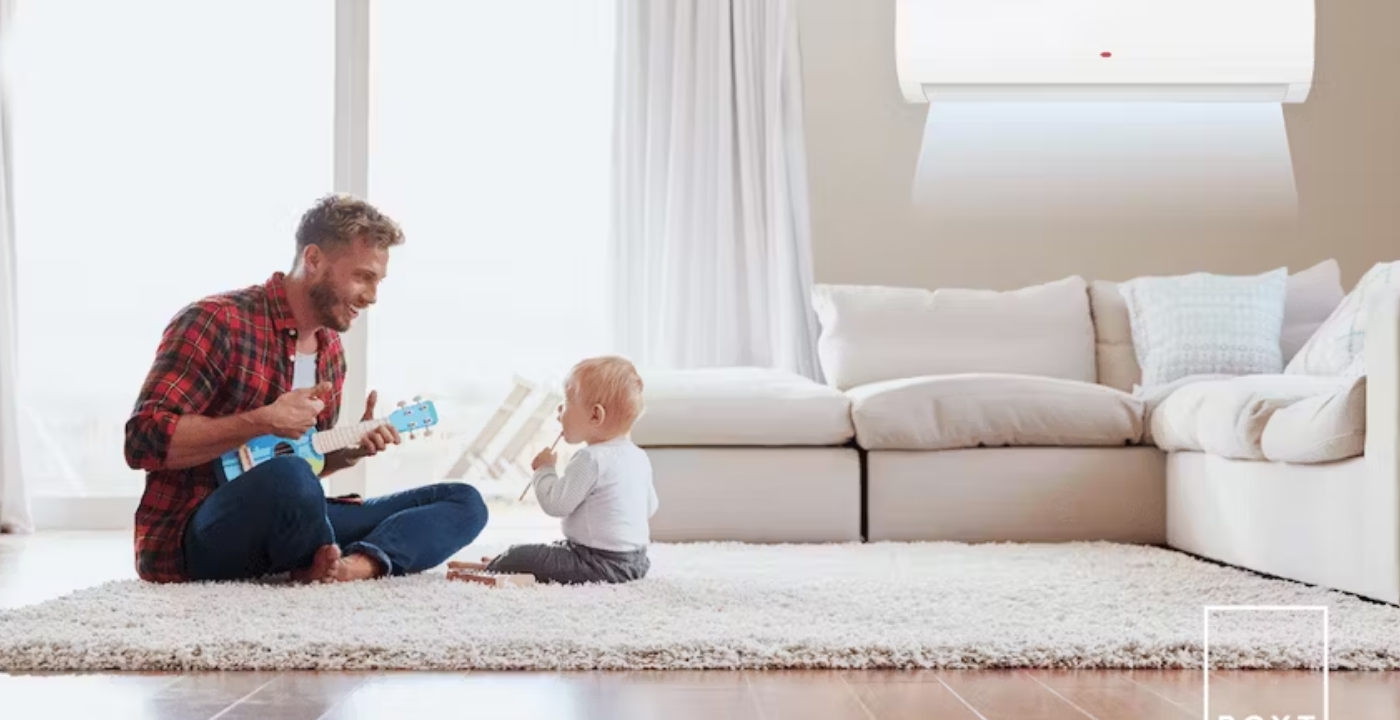Benefits of Split System Air Conditioning Systems
For one specific room in your home or office, a single air conditioning unit would do. But if you have to cover a huge area and you want even distribution of cool air all through, you need split system air conditioning systems.
The Nature of Split Systems Air Conditioning

- Cooling Tower – This is the first system, which houses the condenser coil, capillary tubing or expansion coil, and the compressor. It cools the water to approximately 4 -5°C before sending it across the piping. Usually, the cooling tower is set up outside the building. It is often installed on the roof of a facility.
- Internal Distribution System – This is the second system, which contains an air filter, cooling coil, and a long blower. When the water is cold, it will move across a network of pipes towards the air handlers. These handlers will then push the cold air inside the building.
Take a look at the benefits of split system air conditioning systems.
- Even Distribution of Air – This is actually the most noticeable advantage of a split system. A lot of systems could be effective in cooling but only in the specific area in which they are installed. Because of the capability of the split system, you will notice that every area in the building will have an even, constant cool atmosphere. You will not walk from cold to hot rooms.
- Hidden Compressors – For a traditional air conditioning system to work, it has to be near the home. However, a split system uses linking passages that give you the liberty to put the outdoor compressor where you would like it to be. As long as the compressor is within 30 meters of your house, you have the option to hide it in a storage shed or in a corner of your garage.
- Saves Space – The benefit of hiding the compressor brings another benefit of split system air conditioning systems: saving space. Effective use of space is quite important, especially in an office building. While the second system is inside the building, it is unobtrusive and does not take up actual floor space.
- Long-term Savings – Compared to a traditional system, a split air conditioning system has a higher initial cost. However, the running cost is much lower, which means you are able to save money in the long run. You will also have higher efficiency and you will be more eco-friendly. One unit that works for the whole building would definitely run cheaper compared to numerous smaller, internal air conditioning units. Plus, it would be a hassle to turn on every unit individually, and their running cost would be much higher than those of split air conditioning systems.
Moreover, if you do not constantly keep them at the exact same temperature, these units will be working against one another. Every room in buildings that use split system air conditioning systems uses individual thermostats, which allows full control on how much energy is used and how cool the room will be.
- Ease of Installation – In order to get cold air that comes from the condenser into the room, it is necessary for traditional air conditioning units to use long and expensive ducts. The materials needed and the installation significantly increases the total expenses. On the other hand, a split air conditioning system only needs a small copper tube plus a little cabling to run. In a split system, the units that are in the room are small and devised in a way that they would go well with the décor of the whole room.
- No Need for Windows – A window unit is the option that most people have for a central air conditioning system. To be able to use this option, however, they have to either give up one of their windows for the unit or cut a hole in their wall. In split system air conditioning systems, the interior portions could go in any place inside the house or building.
- Simple Maintenance – This is another key consideration. Certainly, you need to have preventive maintenance on the air conditioning unit so that it will remain in working condition. The maintenance with a split system is such a breeze. First of all, you only have one system to think about, not dozens like in a traditional air conditioning system. For this reason, regular maintenance would be much simpler. Second, rather than replacing your filters every few months, the spilt air conditioners have filters that you can clean and put back without buying having to buy new ones. Lastly, you only need to keep the external part of the system clean and do so occasionally. Their design actually allows for easy access to the interior so you would have trouble-free cleaning. If you want, you can create your own schedule for the maintenance of your split system.
- Almost Silent Running – A major complaint about central air conditioning systems is that they are too noisy. Their huge motors move the cool air across the ducts and into the rooms and this creates too much noise that nobody would like to hear. With split system air conditioning systems, the sound is only a fraction of what traditional units make. An interior unit is silent enough that you could put it in a study, a library, or a nursery and it would not disturb the occupants. Plus, you can barely notice the external part of the system, even when you go outside.
The best time to install split system air conditioning systems is during renovation or construction of the home or office building. It may take a while to install the system, so if you try to install one while doing normal work or household chores, it might cause some problems. Also, keep in mind that while it costs more to install a split system than to install a central air conditioning system, you will definitely have a sensible long-term investment. You will save money from your electricity bills and the lower maintenance expenses will more than compensate for the difference in the installation price.







